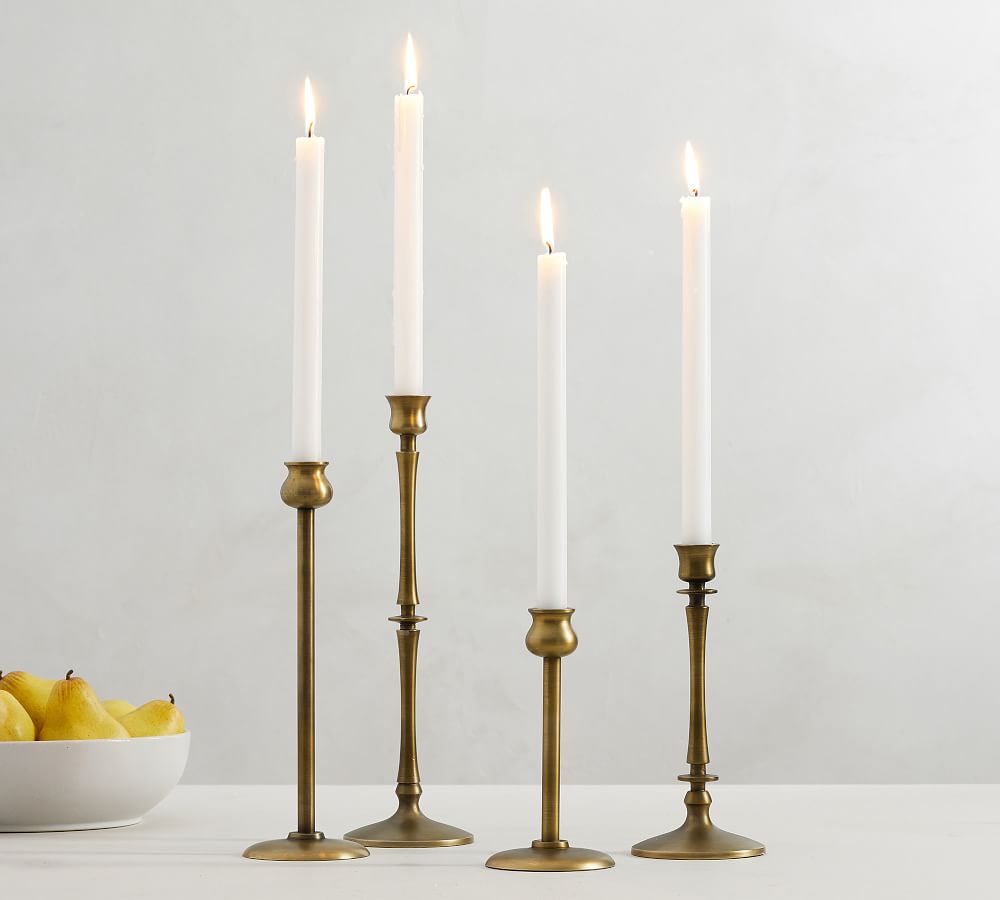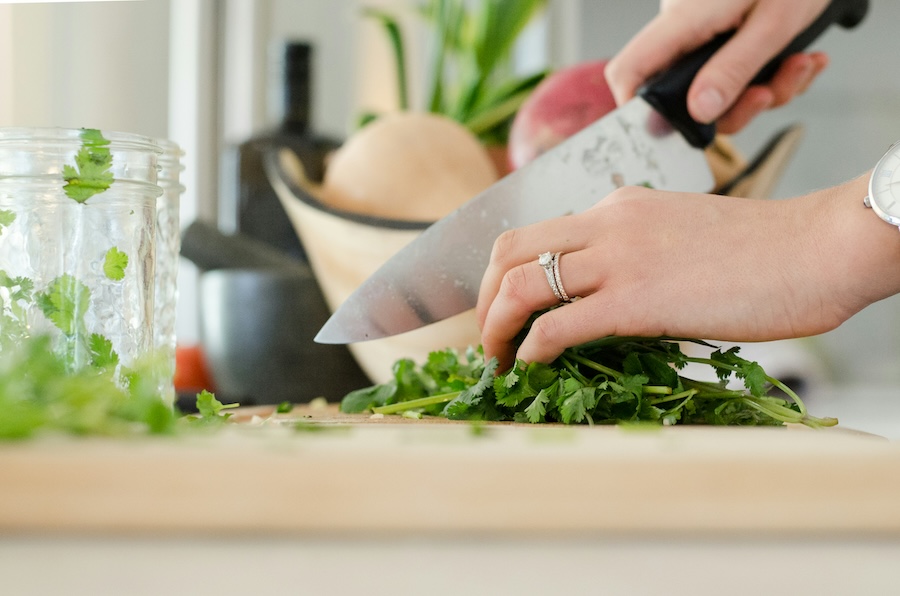Springtime means spring cleaning in my house and that means cleaning with salt. Yes, really.
While there are some great natural cleaning products out there that are worth every dime (we love Better Life around here, and even housecleaning services use it), the store-bought options do tend to be more expensive. So I also look to the natural ingredients I already have around the house, like baking soda, lemons, and…salt.
These 8 unexpected uses for salt when it comes to kitchen cleaning make great use of the affordable mineral that everyone has around the house at all times — which means no more excuses. Especially for the teens, ha.
This post contains affiliate links and purchases may generate a small commission that helps support our team at no additional cost to you.
Related Posts:
10 unexpected uses for lemons, from the perfect pot of rice to taking the itch out of bug bites.
Don’t throw it out! We found 11 smart ways to use expired baking soda around the house.
The 3 best ways to disinfect cutting boards, and tips to keep them sanitary.
Testing household hacks: How to clean the 5 biggest kid messes
8 ways to use salt to clean your kitchen

When it comes to spring cleaning, I always start with the highest-traffic place in my home, which is of course the kitchen. I use non-toxic cleaning techniques wherever possible and stick with natural cleaning agents like salt, particularly when they work just as well.
1. Clean your oven with salt
Remove the oven racks, then combine coarse salt, vinegar, and baking soda to make a thick paste that you can use to slather the inside of your oven. Allow the paste to sit for several hours or even overnight. Wipe down with a damp cloth or sponge, scrubbing as necessary with a brush and/or extra elbow grease to remove stains, grease, or tougher areas. Rinse and repeat until clean.
Related: Here are the smell-resistant sponges we can’t live without anymore.
2. Use salt to keep burnt food from staining or sticking to your pans.
Once you remove food from your favorite stainless pans (these are ours), immediately add salt to the affected area while it’s still warm and allow it to sit. When it’s time to wash the pan after your meal, the salt will help slough off the burnt part more easily. Save your elbow grease for something else!
3. Clean greasy cast iron pans.

We swear by Lodge cast-iron skillets and the 10.25″ pan is now on sale for under $20!
They’re workhorses, and last forever when you know how to take care of them.
Clean your cast-iron skillet by pouring about 1 cup of coarse salt into it while it’s still warm, then scour it with a kitchen towel. (They are a great alternative to disposable paper towels by the way, so stock up.) Alternatively, pour a little hot water into the skillet with the salt and scrub it with a soft-bristled scrub brush that’s made for cast-iron (never steel wool!) until clean. Then, discard the salt and rinse with hot water.
Be sure to dry your pan thoroughly to avoid rusting; wipe it down with a towel and then you can set it over a medium-low flame for about 5-10 minutes to ensure that it’s bone dry.
Related: Our kitchen spring cleaning checklist: 7 tasks everyone forgets.
4. Clean enamel cookware or dishware with salt
If you treasure your enamel cookware from brands like Staub or of course, Le Creuset, take care of them the non-toxic way! Mix equal parts salt and vinegar to create a solution that cleans stains out of enamel beautifully and easily. Just rub thoroughly, rinse, and dry.
5. Deodorize your refrigerator with salt
There’s nothing tricky here, just a way of cleaning the fridge naturally, so you don’t leave any chemical residue where you keep your food. Simply dissolve salt in soda water to create a solution that you can use to wipe down and deodorize the inside of your refrigerator.
You can also combine salt with white vinegar, though it will leave its own sour odor behind for a time.
6. Use salt to clean and deodorize your sink drain or garbage disposal.
To keep your sink drain clean and odor-free, dissolve salt in boiling water and pour it down the drain regularly. I do this about once a month.
7. Use salt to polish brass or copper.

These brass candlesticks from Pottery Barn are so lovely but you do have to keep them polished!
Maybe you fell in love with that copper cookware set for your wedding registry. Or you love the look of brass trays for charcuterie, brass candlesticks or thesebeautiful brass-handled cheese knives to add a little shine to your table that isn’t too blingy. Clean and shine either metal with…you guessed it. Salt!
Mix a paste of equal parts salt, flour, and white vinegar. Use a soft cloth to apply the paste to the metal, and allow it to sit for at least an hour. Then, wipe down with a clean cloth and buff until shiny and (seemingly) new
8. Use salt to remove wine from your carpet
This is the final salt tip you’ve beenwaiting for, right?
We test a lot of cleaning hacks around here for parents, and I admit that this may not deliver perfect results 100% of the time. But then, nothing really will when it comes to removing red wine stains. So much depends on how much wine has spilled, the material you’re cleaning, and how long the wine has set into the fibers.
Using salt to clean my wool pile rug, however, has worked for me more than once.
Gently blot the wine with a dish towel to pull up as much off the surface as possible; do not rub the stain area or that will spread the wine or force it deeper into the carpet. Cover the spill area with a thick layer of salt and wait for about 20 minutes before vacuuming it all up. You may need to repeat the process as necessary.
Another option is to apply a paste made of equal parts salt, vinegar, and borax. Apply to the stain, allow to dry, and then vacuum.
Cheers to one less visible wine stain on your carpet next time!





